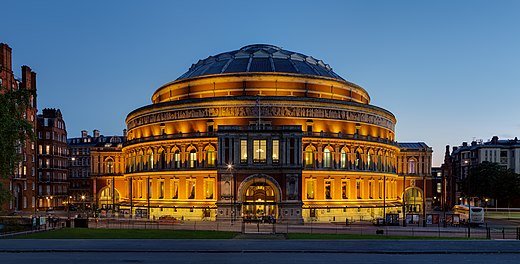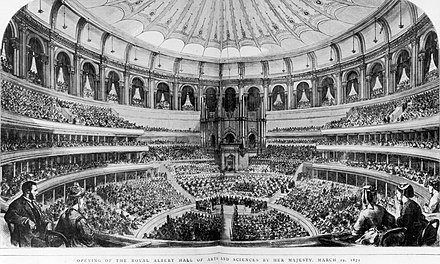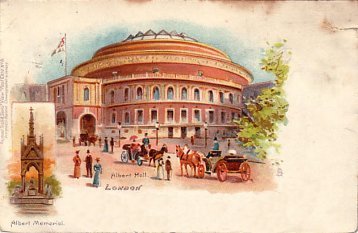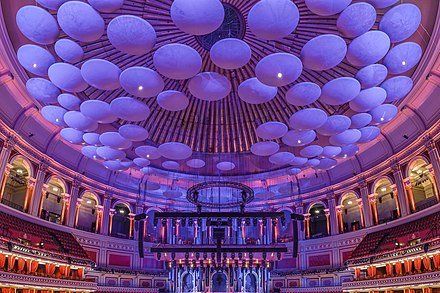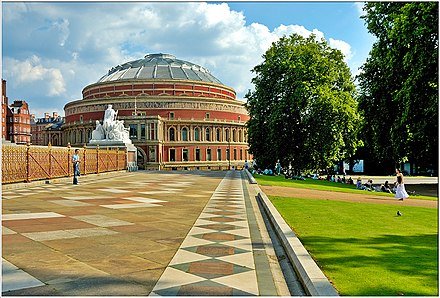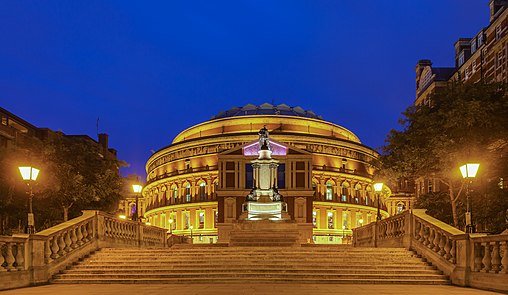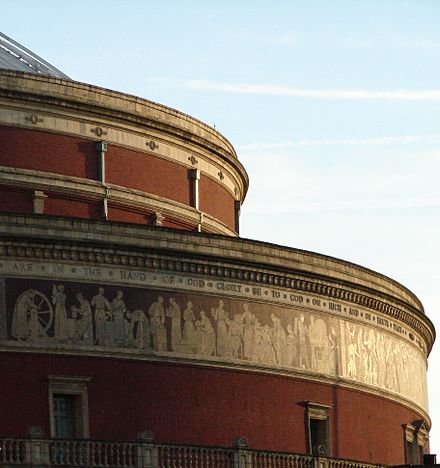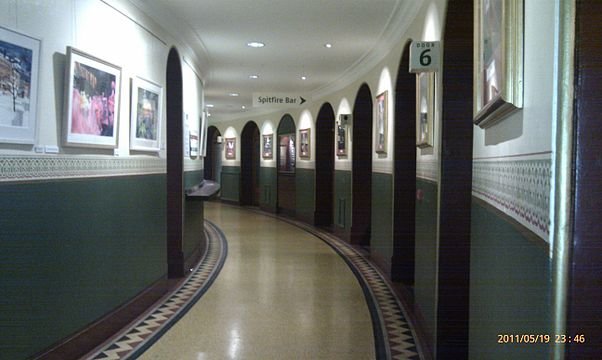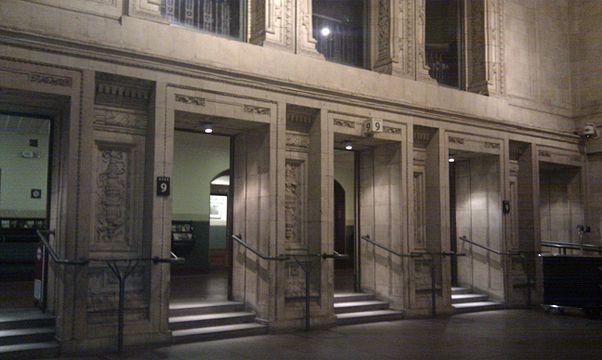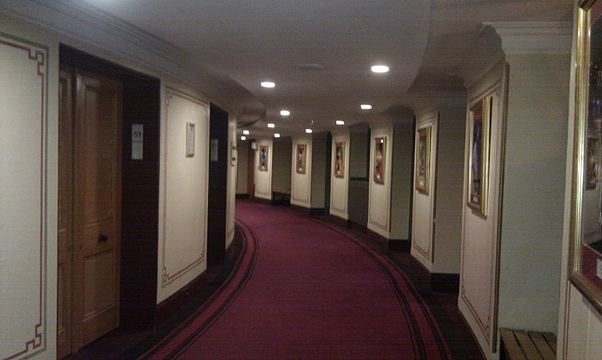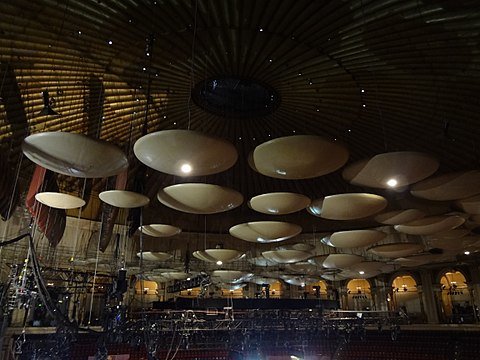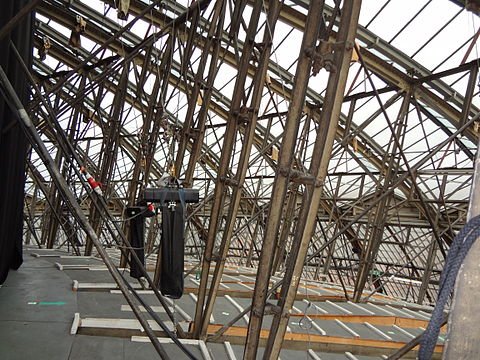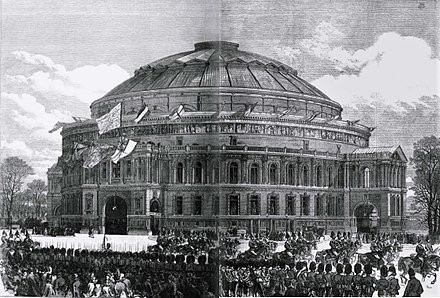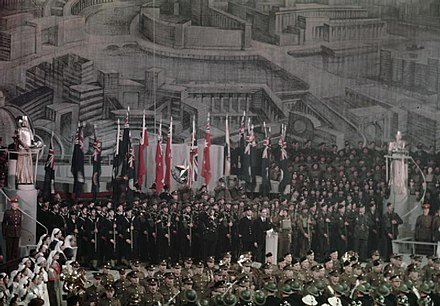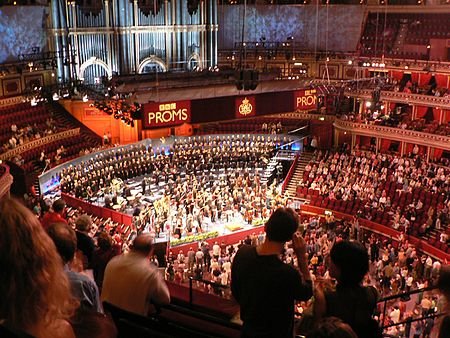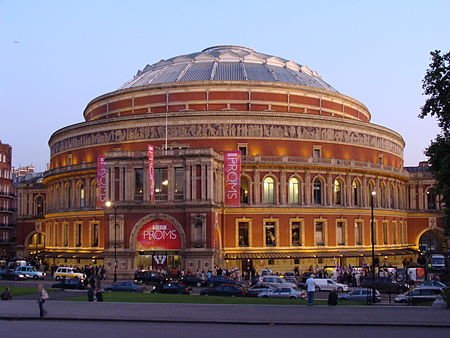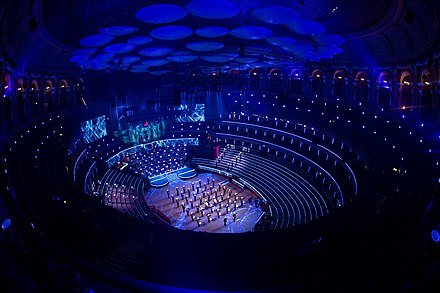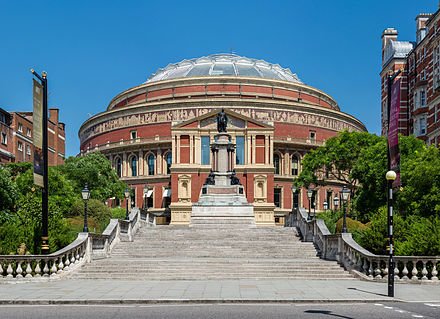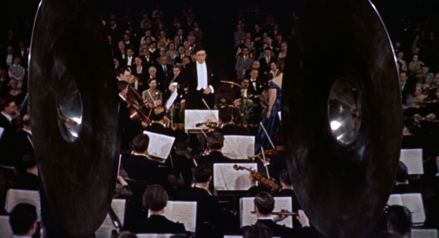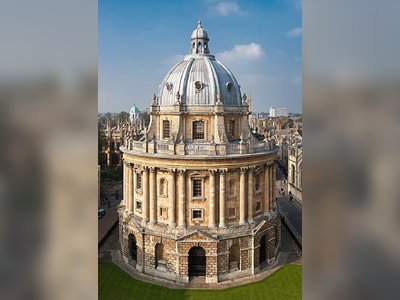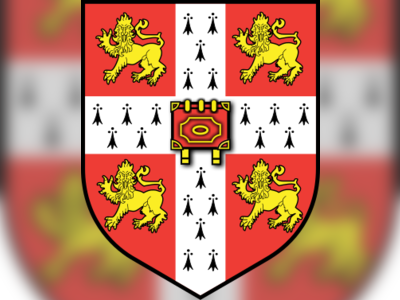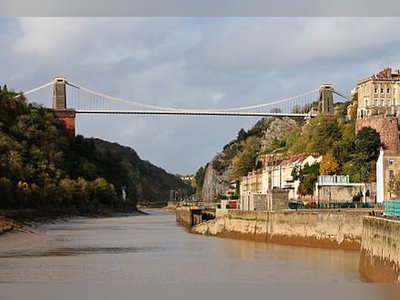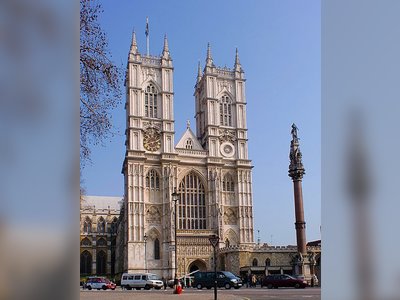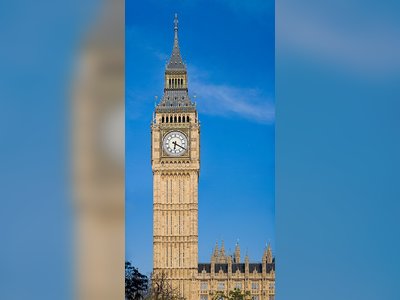British Heritage
Remember, Cherish, Learn.
beta
Royal Albert Hall
Contribution of the Royal Albert Hall to British Heritage.
The Royal Albert Hall stands as an iconic symbol of British heritage and cultural significance. Since its opening in 1871, it has played a central role in the country's artistic and entertainment landscape. Named in memory of Prince Albert, husband of Queen Victoria, the Hall forms part of the grand memorial dedicated to the Prince Consort. It represents the vision of Prince Albert, who sought to create permanent facilities for the public benefit after the success of the Great Exhibition in 1851, which he organized.
Designed by Captain Francis Fowke and Major-General Henry Y. D. Scott of the Royal Engineers, the Hall showcases a distinctive blend of architectural influences, borrowing elements from ancient amphitheaters and inspired by contemporary works, such as the Cirque d'Hiver in Paris. Its awe-inspiring dome, made of wrought iron and glass, stands 135 feet tall, and the building itself is an elliptical structure with a capacity to seat up to 5,272 people.
Over the years, the Royal Albert Hall has become a cherished cultural institution, hosting a diverse range of events and performances across various genres, from classical concerts to rock and pop shows, ballet, opera, film screenings, and even sporting events. Notably, it has been the venue for the world-famous Proms concerts, a series of classical music performances held every summer since 1941, attracting audiences from around the world.
Its association with celebrated artists, dignitaries, and historic events further solidifies its place in British history. Figures such as Richard Wagner, Sergei Rachmaninoff, and Albert Einstein have graced its stage, and the Hall has hosted royal events, charity concerts, film premieres, and national celebrations. The architecture, acoustics, and capacity of the Hall have made it an esteemed venue for memorable performances and gatherings, earning it the title of "The Nation's Village Hall."
Beyond its artistic and entertainment contributions, the Royal Albert Hall has also played a role in social and educational development. The establishment of the Central School of Speech and Drama within its premises in 1906 has nurtured talents that have left an indelible mark on the arts scene, including Judi Dench, Vanessa Redgrave, and Laurence Olivier.
Today, the Hall continues to be an essential part of British cultural heritage, attracting millions of visitors annually who come to experience its rich history and partake in its diverse program of events. Preserved as a Grade I listed building, it stands as a testament to the vision and legacy of Prince Albert, a venue that embodies the arts, sciences, and the spirit of public enjoyment.
Designed by Captain Francis Fowke and Major-General Henry Y. D. Scott of the Royal Engineers, the Hall showcases a distinctive blend of architectural influences, borrowing elements from ancient amphitheaters and inspired by contemporary works, such as the Cirque d'Hiver in Paris. Its awe-inspiring dome, made of wrought iron and glass, stands 135 feet tall, and the building itself is an elliptical structure with a capacity to seat up to 5,272 people.
Over the years, the Royal Albert Hall has become a cherished cultural institution, hosting a diverse range of events and performances across various genres, from classical concerts to rock and pop shows, ballet, opera, film screenings, and even sporting events. Notably, it has been the venue for the world-famous Proms concerts, a series of classical music performances held every summer since 1941, attracting audiences from around the world.
Its association with celebrated artists, dignitaries, and historic events further solidifies its place in British history. Figures such as Richard Wagner, Sergei Rachmaninoff, and Albert Einstein have graced its stage, and the Hall has hosted royal events, charity concerts, film premieres, and national celebrations. The architecture, acoustics, and capacity of the Hall have made it an esteemed venue for memorable performances and gatherings, earning it the title of "The Nation's Village Hall."
Beyond its artistic and entertainment contributions, the Royal Albert Hall has also played a role in social and educational development. The establishment of the Central School of Speech and Drama within its premises in 1906 has nurtured talents that have left an indelible mark on the arts scene, including Judi Dench, Vanessa Redgrave, and Laurence Olivier.
Today, the Hall continues to be an essential part of British cultural heritage, attracting millions of visitors annually who come to experience its rich history and partake in its diverse program of events. Preserved as a Grade I listed building, it stands as a testament to the vision and legacy of Prince Albert, a venue that embodies the arts, sciences, and the spirit of public enjoyment.
- Royal Albert Hallen.wikipedia.org
